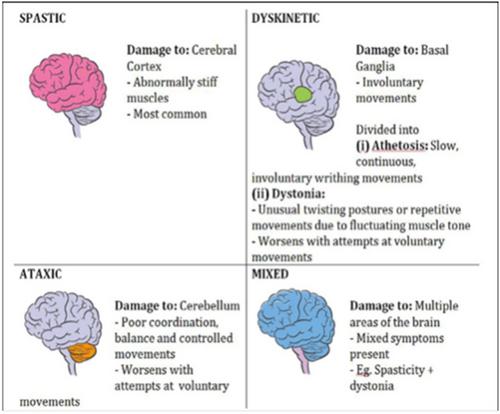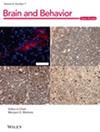Neurobiological Insights Into Cerebral Palsy: A Review of the Mechanisms and Therapeutic Strategies
Abstract
Background
Cerebral palsy (CP) is a common neurodevelopmental disorder characterized by impaired mobility and posture caused by brain injury or abnormal development. CP relates to a variety of neurological mechanisms and pathways that impact the type and severity of motor disability, as well as comorbidities. The heterogeneity in clinical phenotype, pathogenesis, and etiology poses significant challenges for effective therapeutic intervention.
Objectives
The review aims to provide a comprehensive analysis of the neurobiological mechanisms underlying CP and evaluate current and prospective therapeutic strategies, highlighting the necessity for targeted interventions to address the disorder's multifaceted nature.
Methods
A thorough literature review was conducted, focusing on studies published in peer-reviewed journals that explore the pathophysiological mechanisms, clinical interventions, and therapeutic strategies for CP.
Results
The pathogenesis of CP involves a complex interplay of genetic, environmental, and perinatal factors leading to brain injury. Inflammatory processes, oxidative stress, and excitotoxicity are critical in CP development. Current therapeutic approaches primarily focus on symptom management through physical and occupational therapy, as well as pharmacological interventions. Emerging therapies, including anti-inflammatory agents, antioxidants, and neuroprotective and neurotrophic agents, show potential but require further validation. Notably, although steroids provide anti-inflammatory benefits, their use in pediatric patients raises concerns regarding long-term adverse effects such as osteoporosis.
Conclusion
Despite advances in understanding CP's neurobiological underpinnings, effective therapeutic targets remain elusive. A comprehensive approach addressing CP's heterogeneity is essential. Future research should emphasize in-depth evaluations of the efficacy and safety of therapeutic agents, particularly in pediatric populations, to develop targeted and effective treatments for CP.


 求助内容:
求助内容: 应助结果提醒方式:
应助结果提醒方式:


